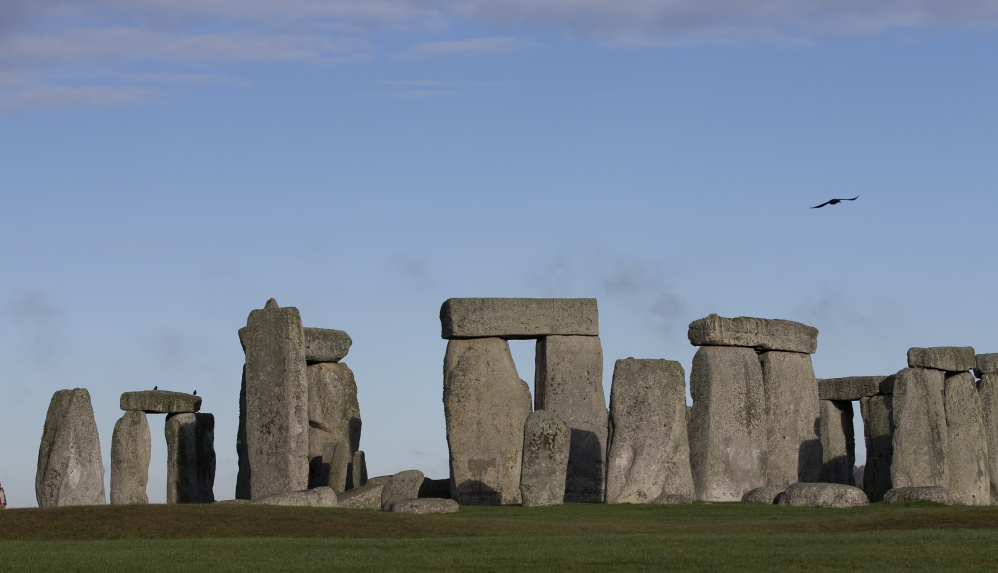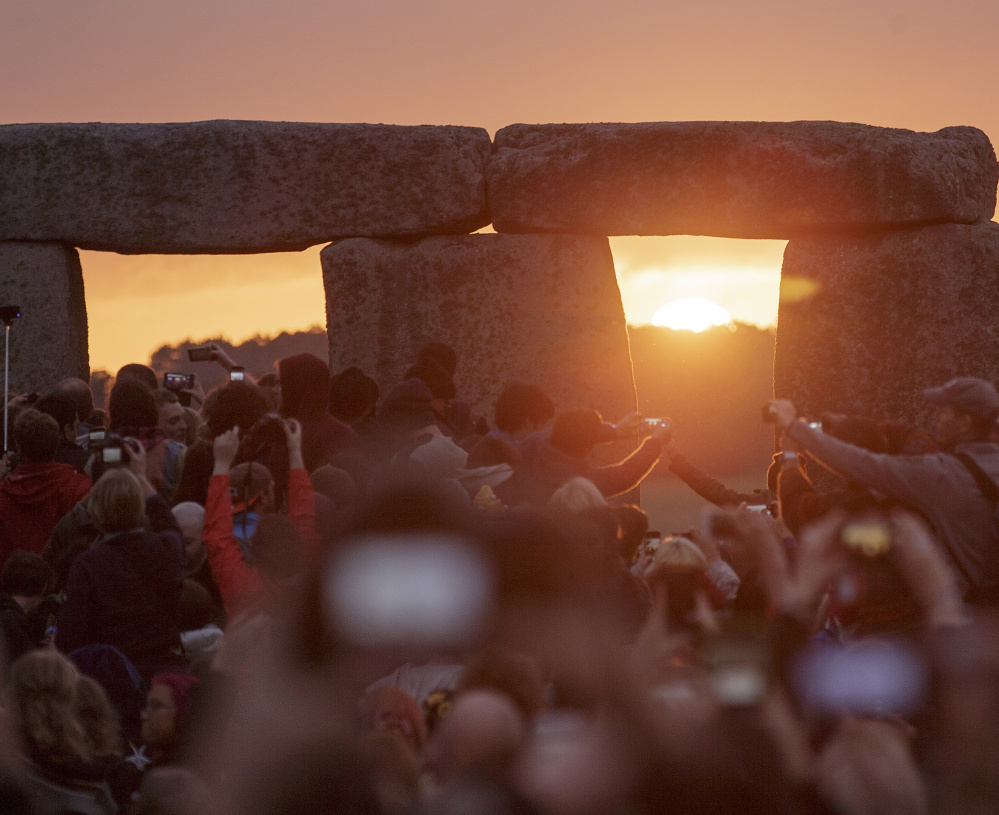Historians estimate that Stonehenge is at least 4,000 years old.
It can take about as long to reach the site by car. The two-lane route to the ancient stone circles in Wiltshire, England, is frequently jammed with traffic.
Which makes sense. The World Heritage Site, among Britain’s top tourist attractions, pulls in more than 1.3 million visitors annually.
The British government has finally come up with a fix: a $2.4 billion plan to construct a two-mile tunnel underneath the site. They’ll also widen the nearby highway.
The plan has the support of English Heritage and UNESCO. But it has infuriated archaeologists, who worry that the construction will destroy vital heritage.
Andy Rhind-Tutt, who runs the local chamber of commerce, told CNN that the “destructive” tunnel will “put a time bomb of irreversible destruction on one of the world’s greatest untouched landscapes.”
Historian and author Tom Holland was even more explicit.
“Recent finds show this place is the birthplace of Britain, and its origins go back to the resettlement of this island after the Ice Age,” he told CNN.
“It staggers belief that we can inject enormous quantities of concrete to build a tunnel that will last at best 100 years and therefore decimate a landscape that has lasted for millennia.”
“Super-henge” was found less than two miles from Stonehenge in 2015. The massive prehistoric structures were discovered beneath a grassy bank.
Holland calls the area “the most archaeologically significant landscape anywhere in Europe.”
“Lose it to the tunnel and you lose our beginnings,” he says.
Even the Druids are up in arms. They say that light pollution at one end of the tunnel will “obscure the view of sunset on the winter solstice – one of the most important dates at Stonehenge – when thousands gather to celebrate the shortest day of the year,” according to CNN.
The government, though, is determined to press ahead with the plan. The wider road will ease traffic, officials say. And the tunnel will bring a sense of quiet to the area, getting visitors a little closer to nature as they wander the mysterious stones.
National Trust director Helen Ghosh said: “I know there will be some sadness that people will no longer be able to see the stones from the road, but visitors will once again be able to hear the sounds of skylarks singing rather than the constant noise of traffic.”
Send questions/comments to the editors.




Success. Please wait for the page to reload. If the page does not reload within 5 seconds, please refresh the page.
Enter your email and password to access comments.
Hi, to comment on stories you must . This profile is in addition to your subscription and website login.
Already have a commenting profile? .
Invalid username/password.
Please check your email to confirm and complete your registration.
Only subscribers are eligible to post comments. Please subscribe or login first for digital access. Here’s why.
Use the form below to reset your password. When you've submitted your account email, we will send an email with a reset code.